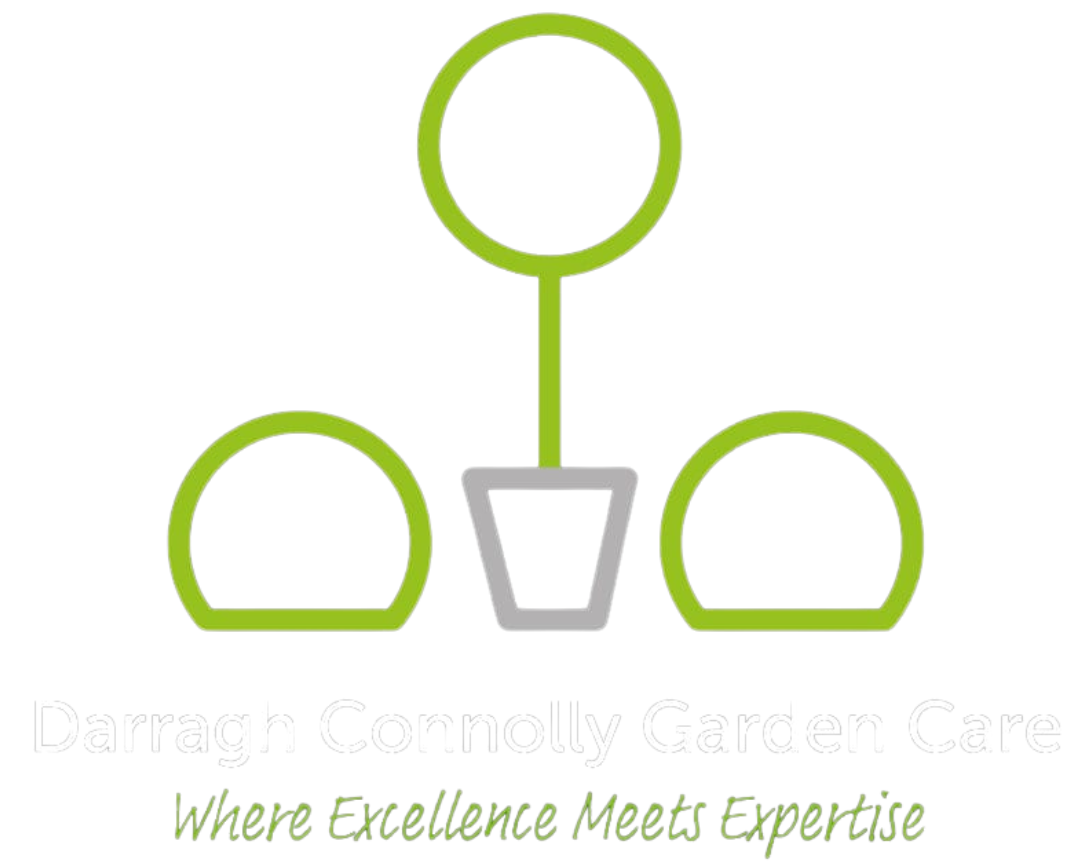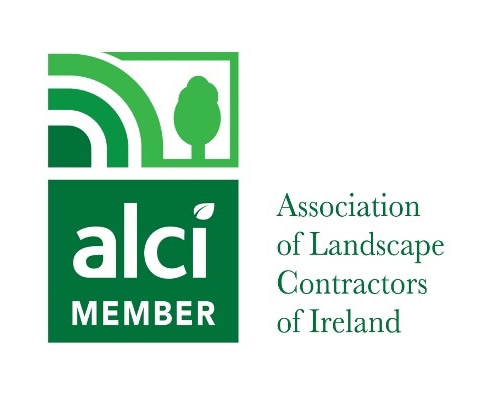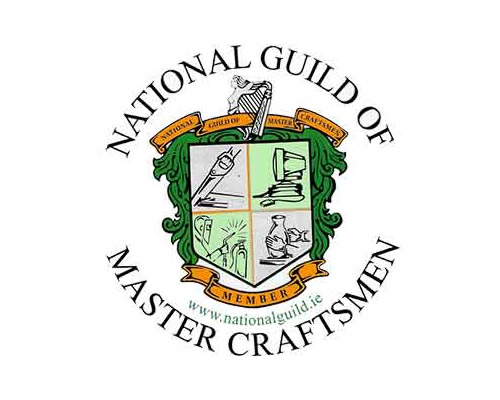Hedge Maintenance Tips
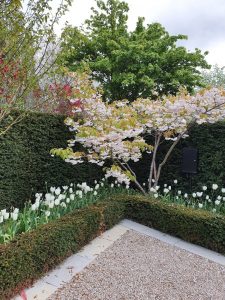
Hedge maintenance involves the care and upkeep of hedges, which are rows of shrubs or small trees planted closely together to form a barrier or boundary. Here are some tips for maintaining a hedge:
- Regular trimming: Trim your hedge regularly to maintain its shape and promote healthy growth. The frequency of trimming will depend on the type of hedge and how quickly it grows, but most hedges require trimming two to three times per year.
- Proper pruning: Pruning involves removing dead, damaged, or diseased branches, as well as cutting back new growth to maintain the hedge’s shape. Use sharp pruning shears and make clean cuts at a 45-degree angle.
- Watering and fertilising: Hedges require regular watering and fertilising to promote healthy growth. Water deeply once or twice per week, depending on weather conditions. Fertilize with a balanced fertilizer in the spring and fall.
- Pest and disease control: Keep an eye out for pests and diseases that can damage your hedge. Common pests include aphids, mites, and scale insects, while common diseases include powdery mildew and blight. Use insecticidal soap or horticultural oil to control pests, and fungicides to control diseases.
- Mulching: Mulch around the base of your hedge to help retain moisture and suppress weeds. Use a layer of organic material, such as shredded bark or compost.
By following these tips, you can keep your hedge healthy and looking great all year round.
Benefits of a hedge for wildlife
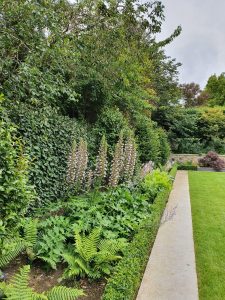
Hedges provide an essential habitat for a variety of wildlife, including birds, insects, and small mammals. Some of the benefits of a hedge for wildlife are:
- Shelter: Hedges provide shelter and refuge for many species of wildlife, including birds and small mammals, helping to protect them from predators and harsh weather conditions.
- Nesting sites: Hedges can provide nesting sites for a variety of birds, including sparrows, thrushes, and finches, as well as shelter for insects, such as bees and butterflies.
- Food: Hedges can provide a source of food for many species of wildlife, including berries, fruits, seeds, and insects. This can be especially important during the winter months when other food sources may be scarce.
- Connectivity: Hedges can act as a wildlife corridor, providing a connection between fragmented habitats and allowing wildlife to move between areas. This can help to maintain biodiversity and prevent the isolation of different populations.
- Ecological services: Hedges can provide ecological services, such as pollination and pest control, which can benefit both wildlife and human populations.
Overall, hedges are an important component of a healthy ecosystem, providing habitat and resources for a variety of wildlife species. By planting hedges, we can help to create a more sustainable environment and promote the conservation of wildlife populations.
